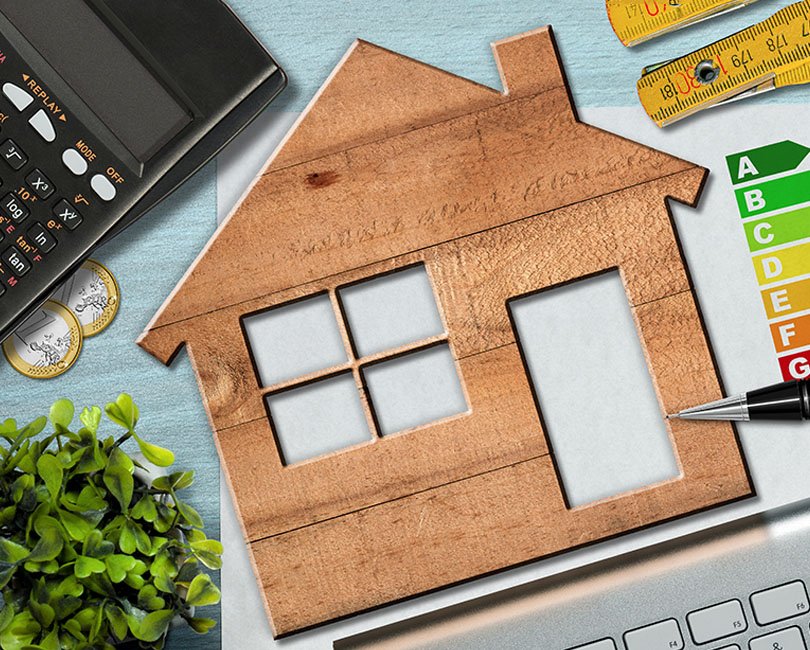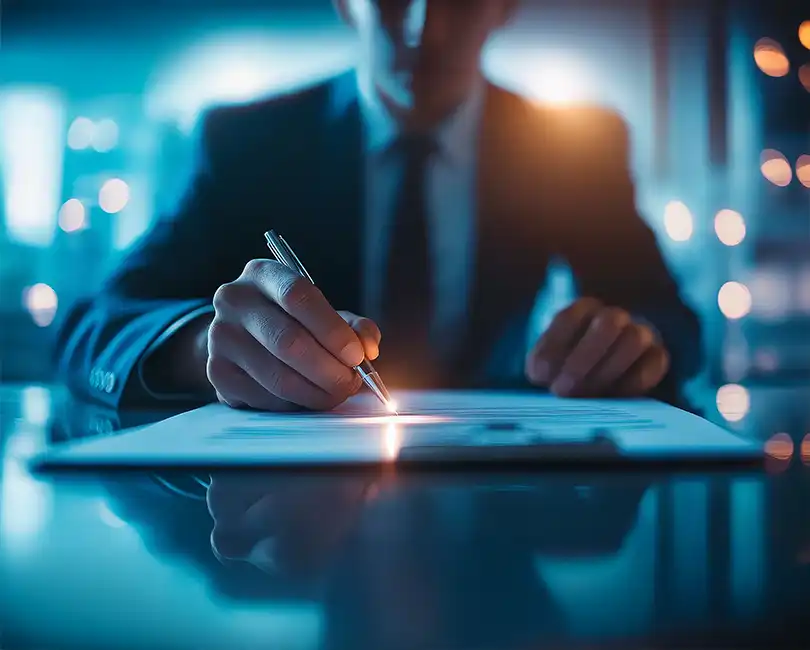Hidden Money for AE Firms in 2021

By now, you are probably aware that the Consolidated Appropriations Act, 2021 was signed into law by former President Trump on December 27, 2020. This was yet another sweeping piece of legislation aimed at providing relief from the COVID-19 pandemic. Some of the bill’s provisions that gained the most attention were the next round of stimulus checks for individuals, more enhanced unemployment benefits, and the expansion of Paycheck Protection Program loans.
What you may have missed are a series of tax extenders included in the section of the bill known as the Taxpayer Certainty and Disaster Relief Act of 2020, or simply the “Extenders Bill.” This somewhat hidden gem has potentially big-dollar returns for AE firms.
Money, Money, Money
Of particular interest to the Architectural and Engineering industry is the permanent extension of the Energy Efficient Commercial Buildings Deduction or, as it is frequently referred to, The Section 179D Deduction.
For those unfamiliar with the Section 179D Deduction, it is a federal tax reward for energy-efficient construction or renovation of commercial buildings. Initially introduced by the 2005 Energy Policy Act (EPACT), the 179D deduction can yield the building owner a federal income tax deduction of up to $1.80 per square foot for qualifying construction. For the building owner, the savings is a function of the time value of money as they accelerate writing off the cost of construction, from the standard 39-year period to an immediate deduction in the year the property is placed in service.
If an AE firm has governmental clients, the deal is even better. Since governmental units (federal, state, or local) do not pay federal income taxes, they do not need the deduction. Instead, they can allocate or assign the deduction to the “designer of record.” This could be the project architect, mechanical, electrical engineer, structural engineer, etc., or a combination of the design team. After receiving this assignment, the AE firm is entitled to claim the deduction, but unlike the building owner, is not giving up the corresponding 39-year deduction since they do not own the building. The result is pure tax savings for the AE firm!
Think of a team of AE professionals who design a new 100,000-square-foot public high school. If the project fully qualifies, the result is a $180,000 tax deduction. If the design firms are S corporations and the owners’ underlying federal tax rate is 25%, that’s $45,000 in federal tax savings! The tax savings can be quite substantial for firms who work extensively in the public space!
So, what was the significance of the recent stimulus bill? The Section 179D deduction has never been a permanent part of the Internal Revenue Code. In other words, for the deduction to be effective, Congress had to continue to renew the deduction for subsequent periods. While Congress has always renewed, they have often been quite tardy in taking action. For example, when the provision for projects completed after December 31, 2017, expired, Congress waited until late December 2019 to extend the provision for projects completed in 2018, 2019, and 2020. By then, 2018 tax returns had been filed, forcing amended returns to be filed to take advantage of the deduction. As we approached the year-end of 2020, we were again faced with the uncertainty of the deduction’s fate. Now with the permanent extension, we can plan with certainty for 2021 and beyond!
How do I Qualify?
Next, let’s discuss what it takes to qualify for the deduction and how the recent legislation has changed the historical requirements. The deduction is separated into three qualifying aspects: each generates a deduction of up to $.60 per square foot. Those elements are the overall building envelope, lighting, and HVAC system. To qualify, each element must exceed federal energy standards by a baseline amount (typically 50%). Historically this standard has been ASHRAE 90.1-2007. The criteria will be a bit more stringent in the future as the requirement will now follow an ASHRAE Reference Standard 90.1, no older than two years. The stricter standards are offset by a provision that indexes the $1.80 maximum deduction for inflation, thus yielding higher potential future benefits for qualifying projects.
To capture the deduction, specific steps must be followed. This includes a formal study by an independent party, which includes utilizing specific software approved by the Internal Revenue Service and a site visit. In the case of governmental work, a formal allocation letter must also be obtained from the governmental agency formally designating the firm or firms that will receive the deduction. The final report must be signed off by an engineer licensed in the state where the project is situated.
Next Steps
This process can seem burdensome, which is why we have a team of AE professionals who are passionate about ensuring that you receive every cent of every deduction you qualify for. Simply provide us with the building plans for projects you believe may be eligible. We’ll evaluate those plans and provide you with a complimentary cost-benefit estimate to determine if it makes sense to go forward.
If the benefits are attractive, we can assist you in obtaining the allocation letter and, once received, handle all the details from there. Your deliverable is a very detailed report supporting the deduction. Once your tax preparer claims the deduction on your tax return, you reap all the benefits!
If your firm works in the public space, don’t let these tax savings slip by. Connect with me today to obtain your cost-benefit estimate – and let’s get you more of the money you deserve.



